Though electric vehicles have been around for over a century to this point, automakers never really got serious about that type of thing until mere years ago. Thus, we've only scratched the surface in terms of what's possible with battery technology, and there are already several chemistries out there - with more in the works. It's still unclear what kind of battery tech will ultimately wind up becoming the preferred option - or, at least, when that might happen - which is precisely why Ford is currently focused on flexibility.
"Yeah, we're always thinking about the next chemistry. I mean, I've been in this space for - since we started this journey for the last four years and we've already gone from a high nickel-based chemistry to a mid-nickel-based chemistry to an LFP chemistry to now we have LMR which is a manganese rich chemistry," Ford Vice President Lisa Drake said at the recent 2025 Jefferies Industrials Conference.
"So, if you don't have irons in the fire on all of them, you will miss out and you have to stay on your toes in the space. And the way we install our capacity is that we always make sure it can flex one or two ways. So, we don't like to install any capital if we know it can't flex into one or another adjacent chemistry. So, if we have to pivot, we can."
Many have expected raw materials costs to come down, but thus far, that hasn't been the case, though the technology that EV batteries utilize has advanced considerably. For now at least, Ford is focusing on developing lower-cost yet not quite as energy dense lithium iron-phosphate (LFP) packs, but back in April, it also announced a breakthrough in terms of Lithium Manganese Rich (LMR) battery chemistry. Regardless, most expect solid-state batteries to eventually take over the market, though they aren't expected to be viable for automotive use before the end of the current decade.

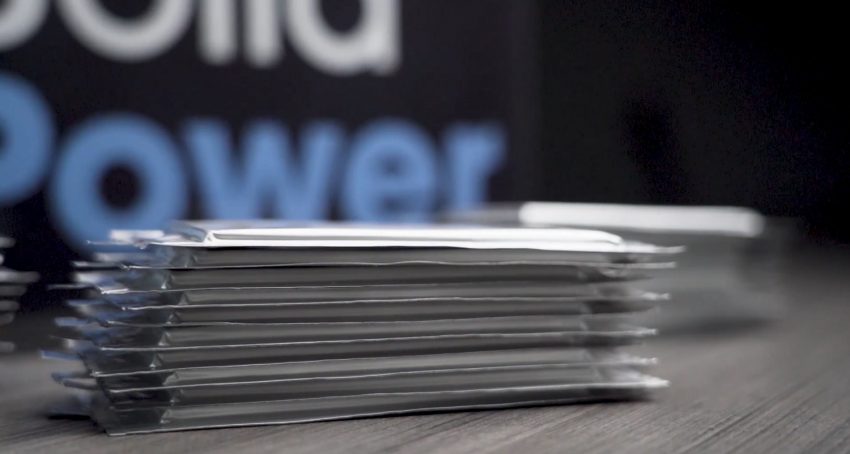
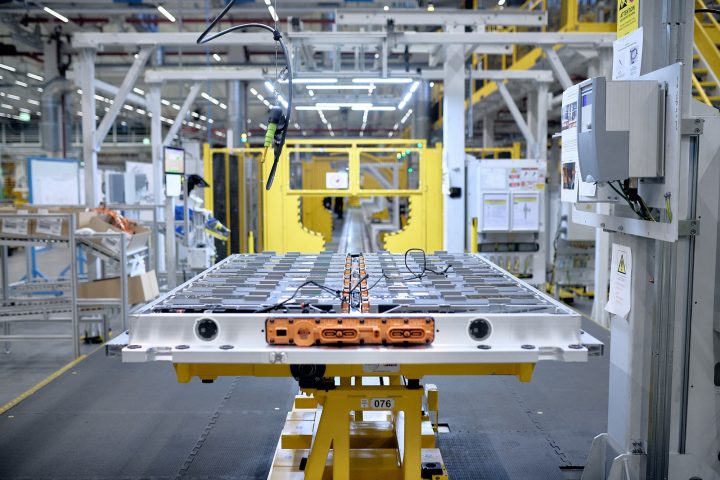
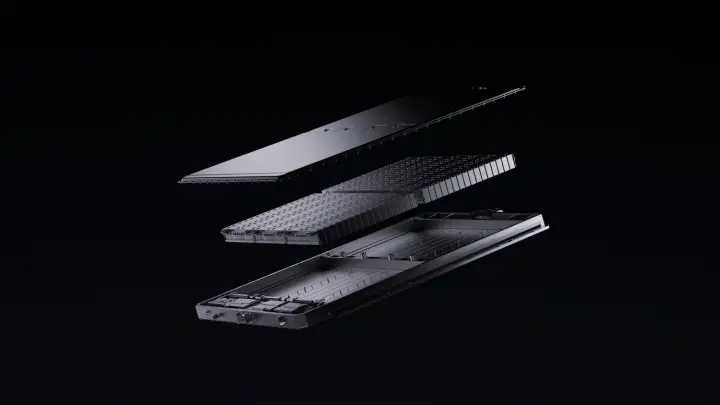
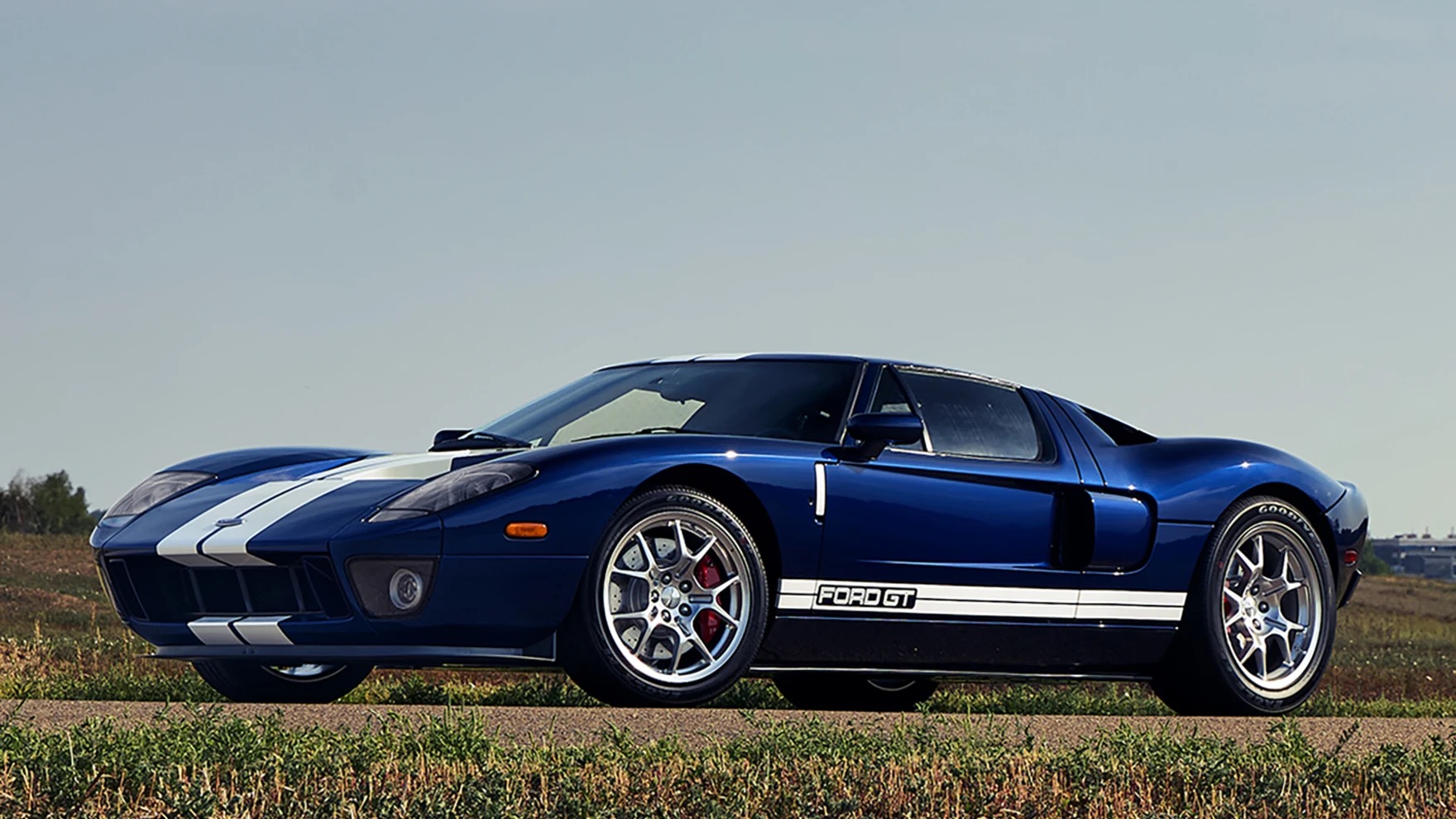

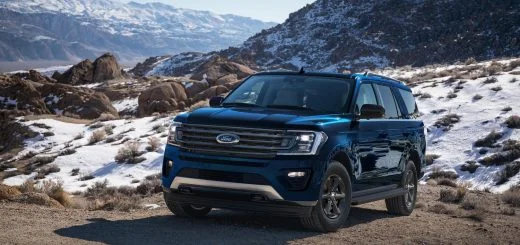
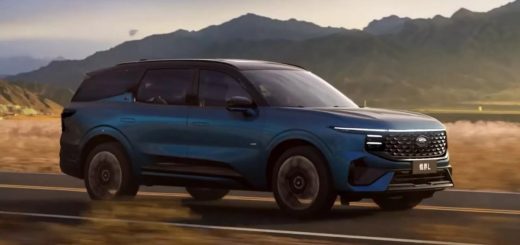
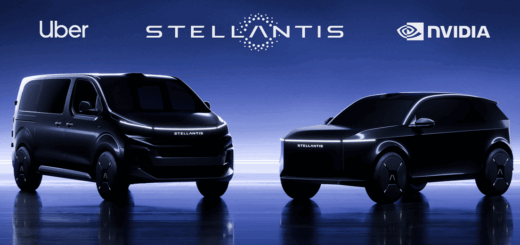
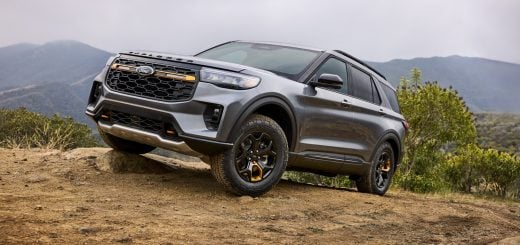
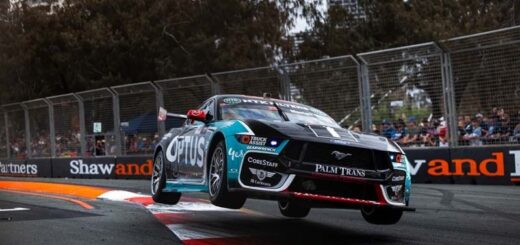


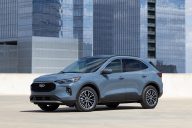



No Comments yet